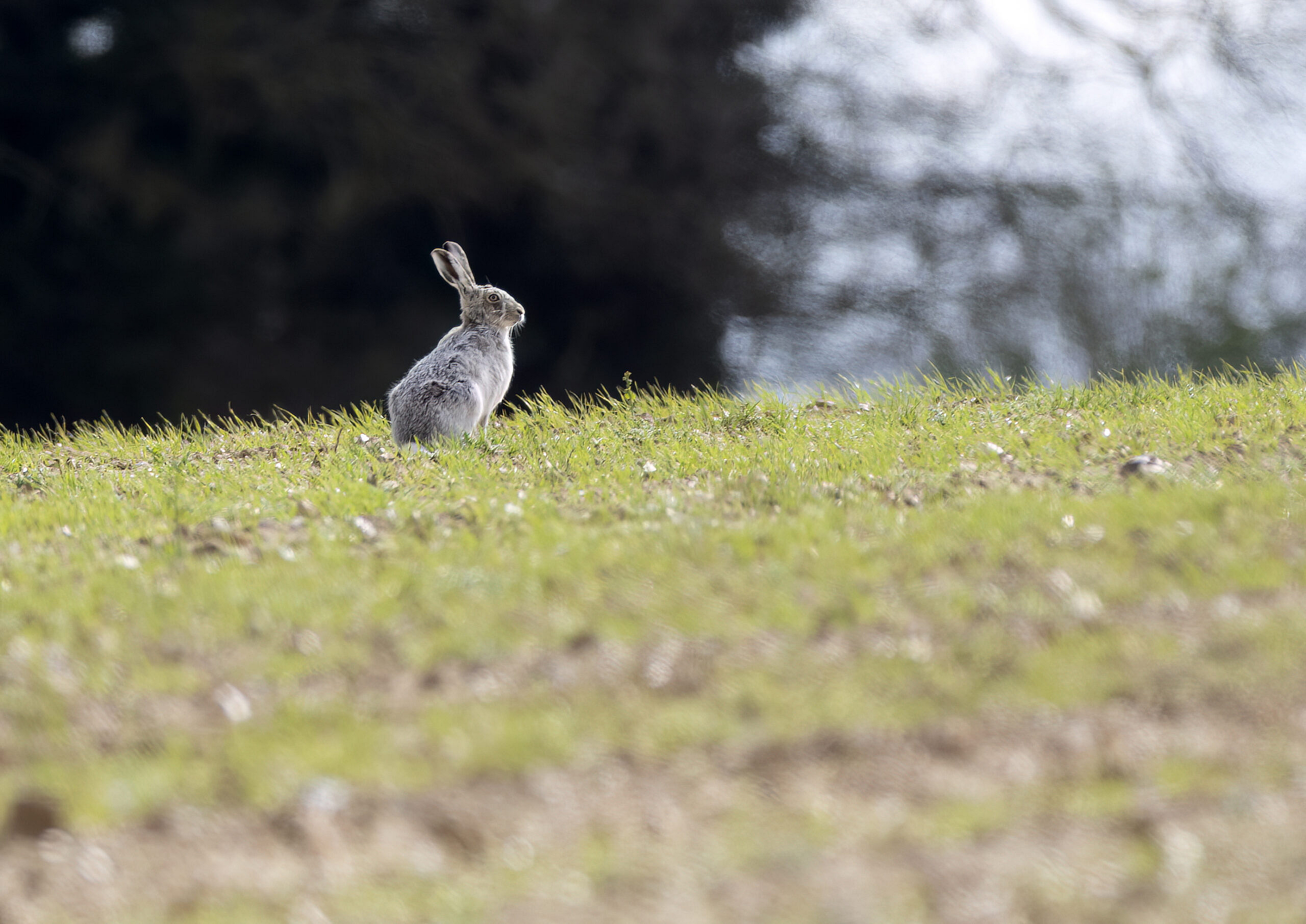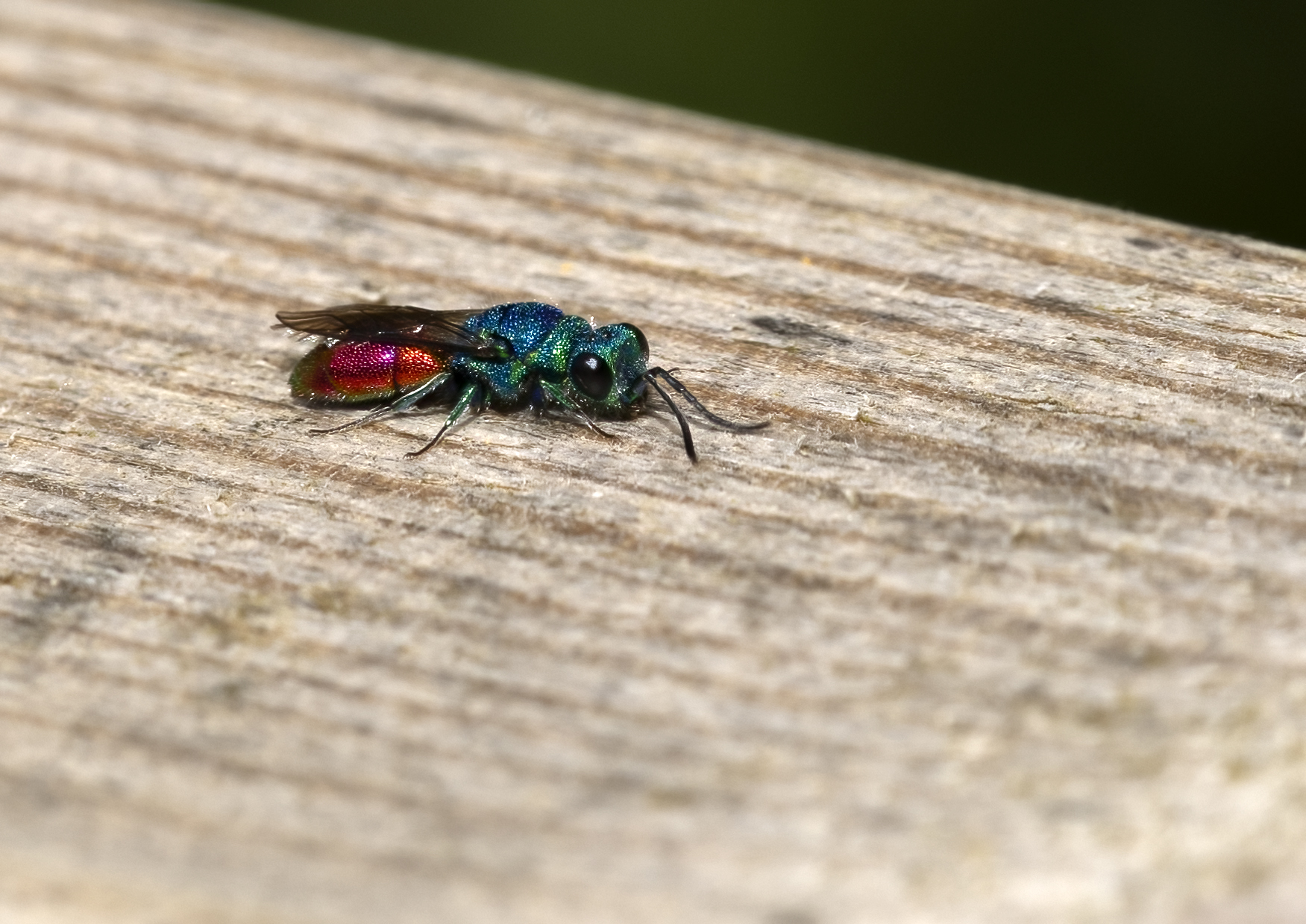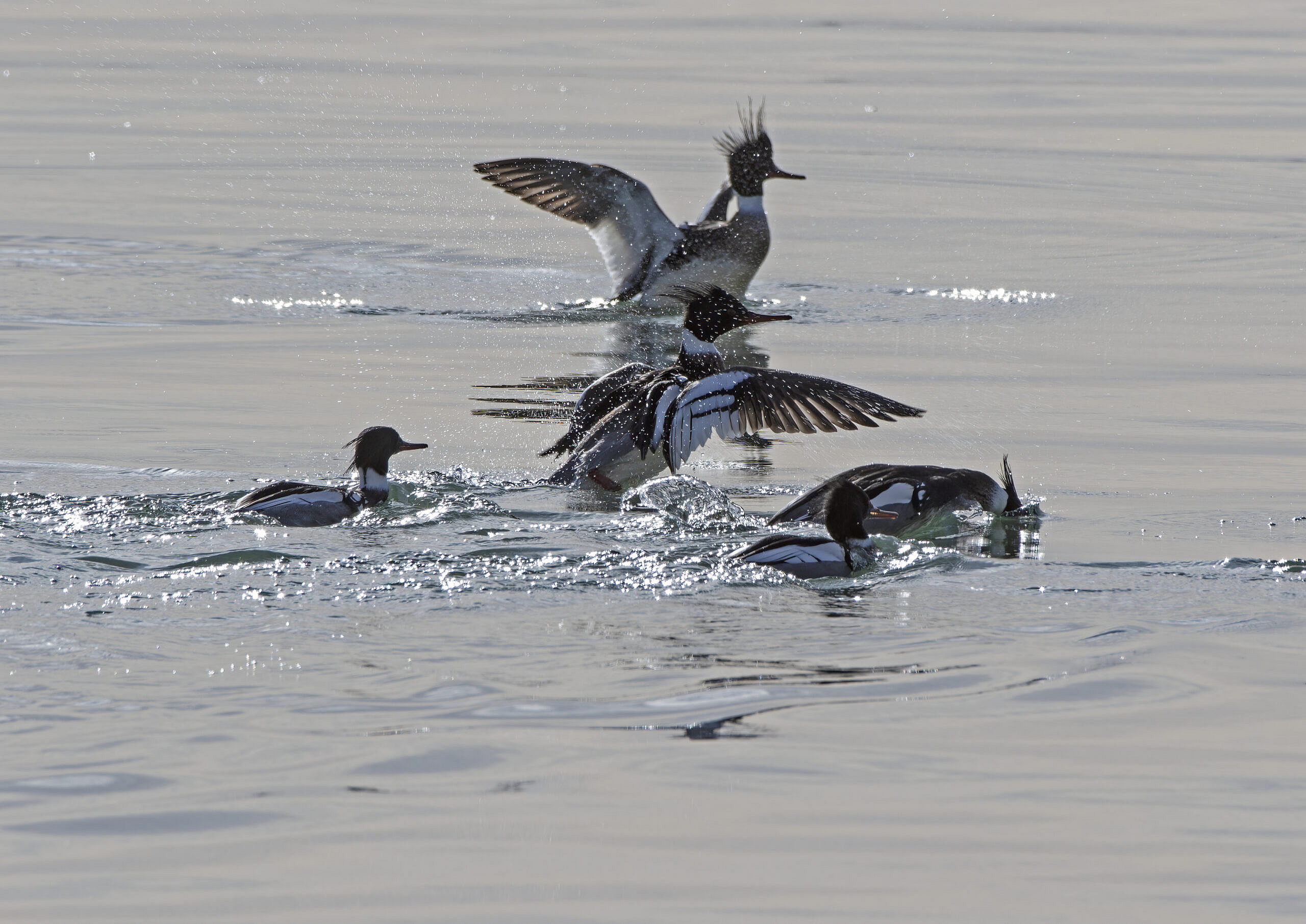I went up to Whixall moss yesterday. It’s a massive 2,3888 acres of bog. It’s also about a three-hour drive from my home, so not a trip I undertake lightly. Why does any sane individual drive three hours to spend a day in a bog, I hear you ask? The answer is that acidic peat bogs like this one are rare animals indeed, especially south of Scotland. And this rare animal has many rare animals of its own. I went to photograph the white-faced darter dragonfly. Whixall is one of the very few places in England which has this species – indeed, since Whixall straddles the England/Wales border, it may well be that the specific pool where I eventually found it is actually in Wales. I also went to find a rare butterfly, the Large Heath, which I’ll discuss in another blog post. But it was what was lurking in the small pool that terrified me and fascinated me in equal measure.
Regular readers will know that I’m not good with spiders. I’m a naturalist, and I appreciate their place in the food web. I appreciate the fact that they have been with us for tens of millions of years. I admire their efficiency and spidey-skills. But they also make my skin crawl. It is a measure of my devotion to the natural world that I will watch them and photograph them.
Tucked away in the dark and damp edges of this pool was a Fen raft spider, a female about two inches across including legs. This delightful little arachnid can use water-repellent hairs on its legs to literally walk on water. It sits on the bank of the pool with its front legs sitting on the water surface, feeling for vibrations. When it feels the minute vibrations of a victim nearby, its skates out across the water’s surface and grabs it. It is venomous – so much so that people are advised not to try to pick it up (the bite isn’t dangerous, just painful). But if it can do that to a human, imagine how it feels to be a pond skater or other small invertebrate that the Fen Raft eats.
fen raft spider waiting for prey.This is a second, much smaller one I spotted.And then the assistant reserve manager at Whixall pointed out something even more remarkable to me – a diving bell spider. I’m ashamed to say it’s not a species I’ve ever heard of before. This incredible spider has abandoned the land completely. It lives almost its entire life underwater, but it still needs air to breathe, so this astonishing arachnid creates a “diving bell” out of silk, which its fills with air brought down from the surface by trapping it in the fine hairs of its body. The spider, lives, eats, mates and even gives birth underwater in this diving bell. I managed to see one on a visit near to the surface, where it was walking along the spagnum moss floating just underwater.

So there you have it. Two spiders, each superbly adapted to live on and under the water. Just remember that the next time you flush a spider down the loo…





Social Profiles